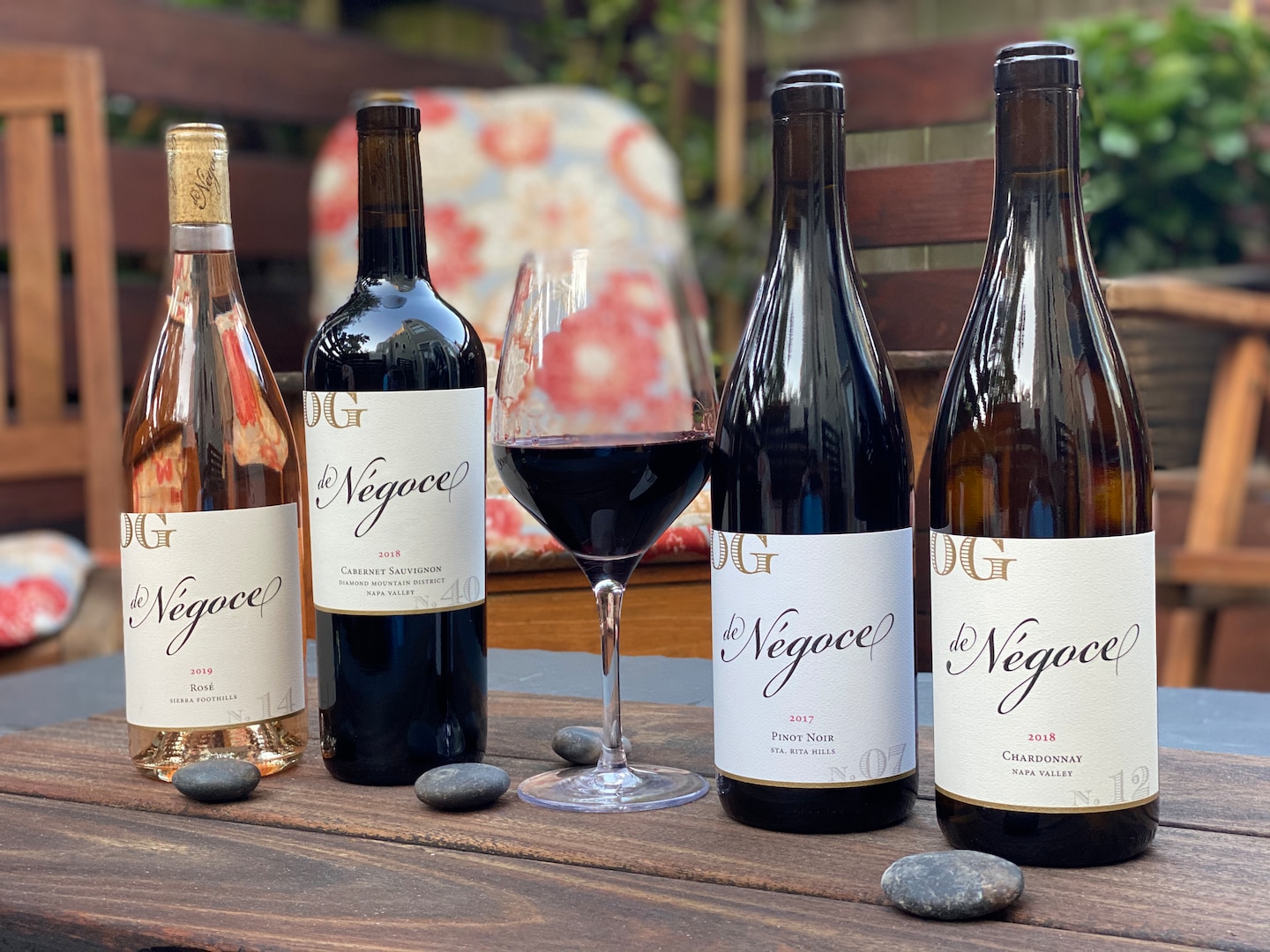Bargains on quality California wine exist, if you know where to look

With a little research, and a willingness to take a chance on unknown wines, we can find true bargains. I spoke to two people experienced at bringing great, affordable wines to market to learn some of their secrets. One uses the traditional distribution system, while the other sells exclusively online. So whether you prefer the comfort level of traditional shopping or favor ordering online, opportunities abound.
Mel Master has been marketing delicious, affordable wines since the early 1980s, when he created the Les Jamelles label from southern France. The French authorities had just allowed wines to be labeled by their grape variety, and Master capitalized on the U.S. market’s love of single-variety wines. “It was something consumers could understand,” he told me.
After selling that brand, he started Tortoise Creek, a French label of more traditional blended wines, but with an American-sounding name. It was successful until 2003, when “Freedom fries” and anti-French sentiment sent sales plummeting. Master decided to make Tortoise Creek a California brand. It is now part of a portfolio of affordable labels in partnership with Winesellers, a Chicago-based importer. The collection includes Kin & Cascadia wines from Washington and Oregon, Le Charmel from southern France and Tiamo from Italy.
I recently tasted the current releases of Tortoise Creek pinot noir and zinfandel, and they reminded me of a pre-inflation time not so long ago when good-quality wine from California was easy to find at an affordable price — in this case, for about $14. Not only did these wines taste like pinot noir and zinfandel — which says a lot about cheap California wine, unfortunately — but they were also really good.
Master told me his keys to success is knowing where to look for quality grapes and establishing relationships with growers. He views the Lodi and Clarksburg areas south of Sacramento as producing underappreciated wines. Lodi is akin to the Languedoc in the 1980s, when he started Les Jamelles, a “poor cousin” to Napa and Sonoma considered too hot for quality wine. Clarksburg, at the end of the Sacramento delta, is trying to make a reputation for chenin blanc, still an underappreciated grape the American consumer has not embraced. Master compares Clarksburg to the Carneros region, at the tip of the San Francisco Bay, and values it for pinot noir.
Then, there’s Cameron Hughes, who made his reputation as a California “negociant,” following the European model of buying wine from growers, then bottling and marketing it. His Cameron Hughes Wine became known in the late 2000s for affordable, high-quality juice and tantalizing marketing that had us guessing which cult wineries sold to him under nondisclosure agreements. (And this was before NDAs became all the rage.)
Hughes sold his namesake label in 2017. He reentered the fray in May with a new label he calls de Négoce. (He pronounces it day NA-go-SHAY.) In just a few months, he has already released more than 40 wines, all offered to email subscribers at heavily discounted prices. I’ve tasted a few of de Négoce’s early releases, and they are terrific. Fans of Napa cabernet, especially, will want to be on this mailing list.
Hughes calls his current model “en primeur,” a sort of, but not really, imitation of Bordeaux’s practice of selling the recent vintage two years before it is released. He buys a batch of wine from a winery and sells a portion immediately after bottling it to cover the cost of the purchase. He holds the rest to sell later at a slight premium.
As I was writing this, I received an email from de Négoce offering a cabernet sauvignon from Rutherford, in Napa Valley, that was “built for the $90-$120 price range.” Hughes had 350 cases available for $18 a bottle.
How is he able to do this? Many high-end wineries sell primarily to restaurants, and that market dried up with the novel coronavirus pandemic. They need to create cash flow and free up space in their cellars to process the next vintage. Unloading some wine at a deep discount makes sense.
“We’ve had tons of wine thrown at us,” Hughes says. “People want to free up cash.”
Hughes and Master acknowledged their ability to offer high-value wine affordably is vulnerable to market swings. An economic downturn coupled with poor vintages — such as 2010 and 2011 after the Great Recession — can turn boom into bust. For now, though, these are good times.
The proof, of course, is on the palate. But whether we are looking for Tortoise Creek among the dross of the supermarket shelf or springing for an inexpensive case of top-quality cabernet from de Négoce, there are bargains to be found — and savored.






